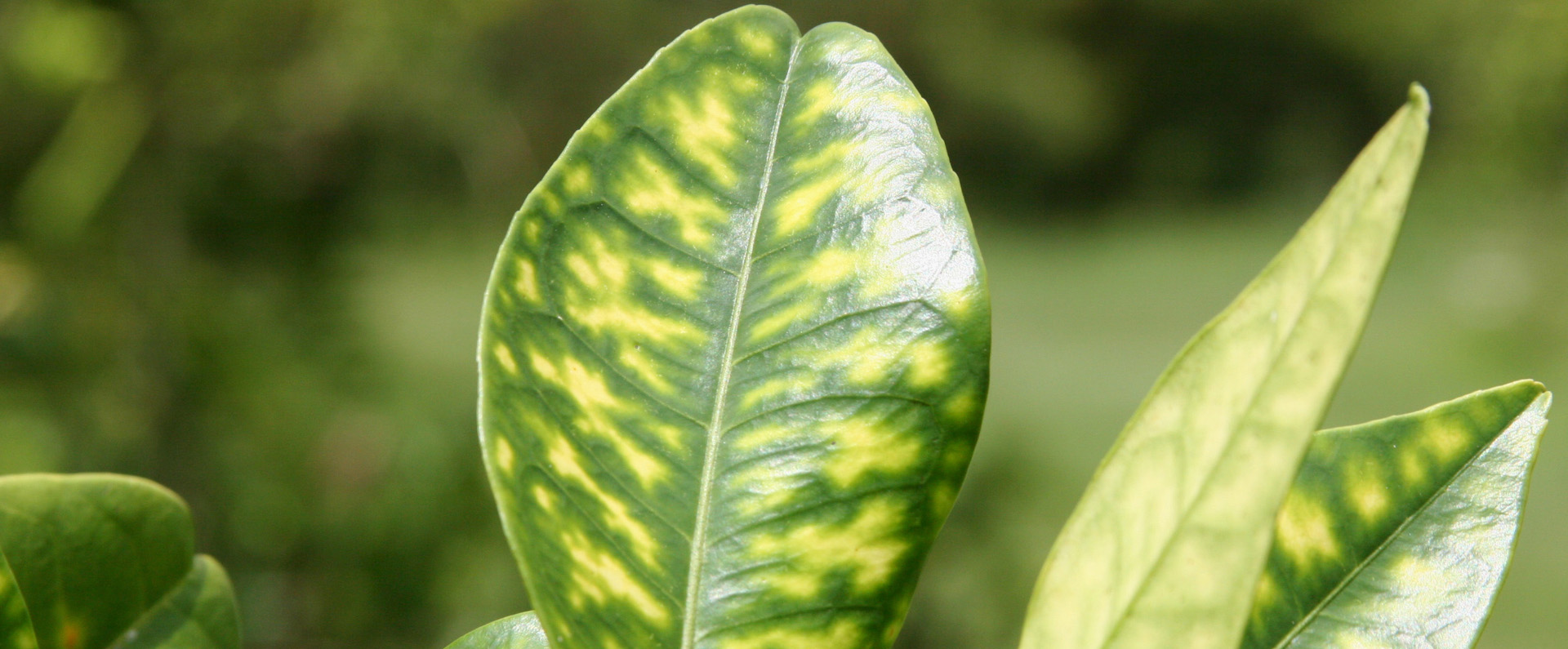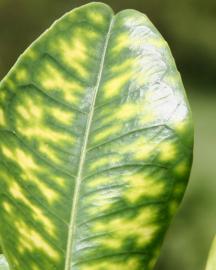Citrus Greening Portal
What is Huanglongbing or Citrus Greening?
Huanglongbing (HLB), also known as citrus greening, poses the most serious threat that the Florida citrus industry has ever faced. The bacteria that cause citrus greening - three species of Liberibacter – most likely originated in Asia prior to 1900 and has slowly spread throughout the world in many citrus growing areas. In countries where the disease is endemic, different varieties of citrus trees like “sweet orange” begin to decline within 3-4 years after planting, resulting in reduced fruit crop and fruit quality.
Citrus greening was first detected in Florida in 2005. By 2008, it had been identified in most of the citrus growing counties in the state. Despite intense efforts, citrus greening now threatens the survival of Florida citrus, has a toehold in other citrus areas, and poses a threat to the entire U.S. citrus industry.
What are we doing to control citrus greening?
ARS scientists across the country are actively engaged in research with university and industry partners on all aspects of this disease problem, including the host, pathogen, and insect vector. We are making great progress in not only understanding how citrus greening infiltrates healthy citrus trees, but how to protect these trees from the disease. Our goal is to overcome citrus greening and ensure the U.S. citrus industry can provide consumers with tasty, high quality citrus fruits for years to come.










